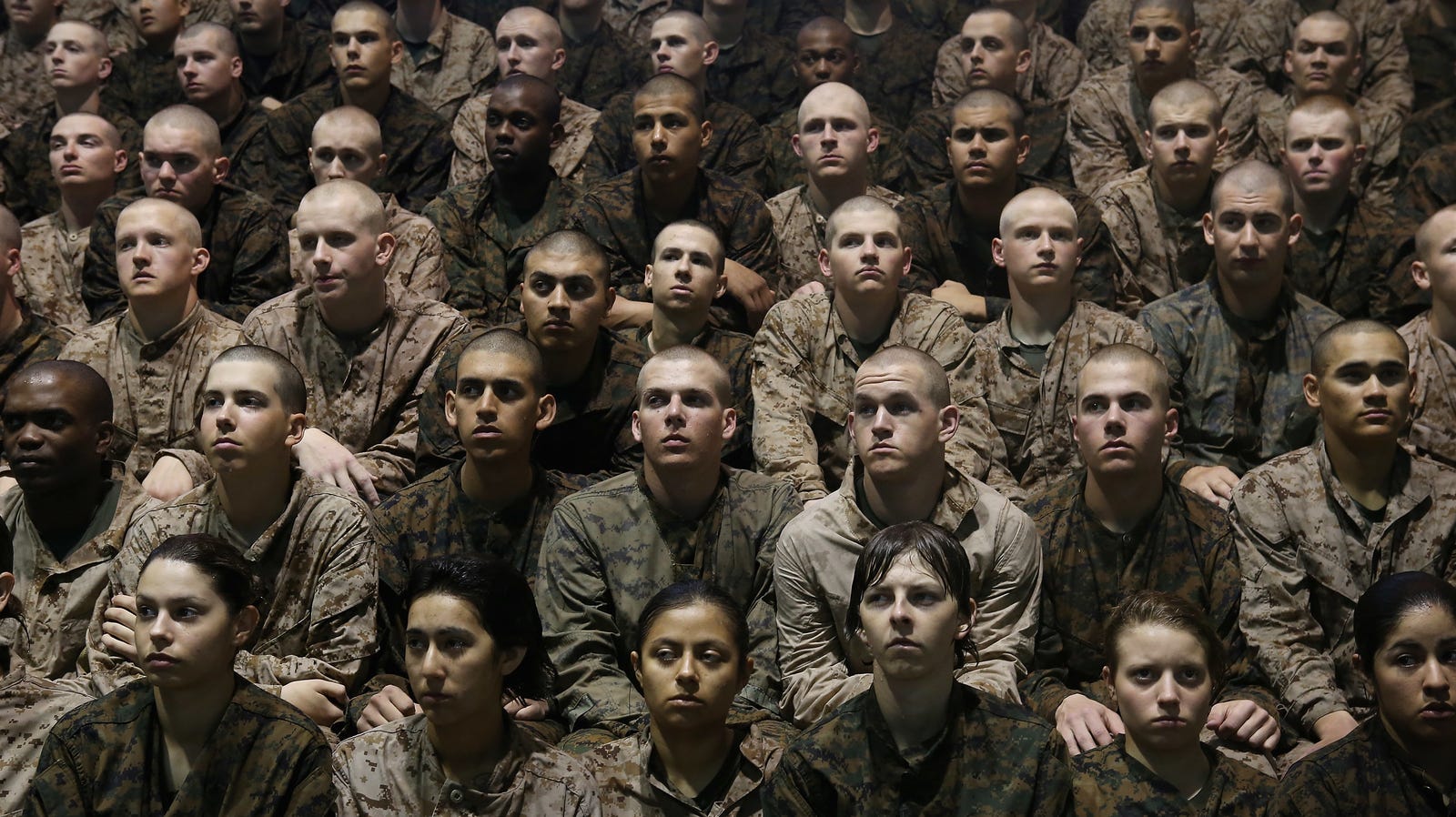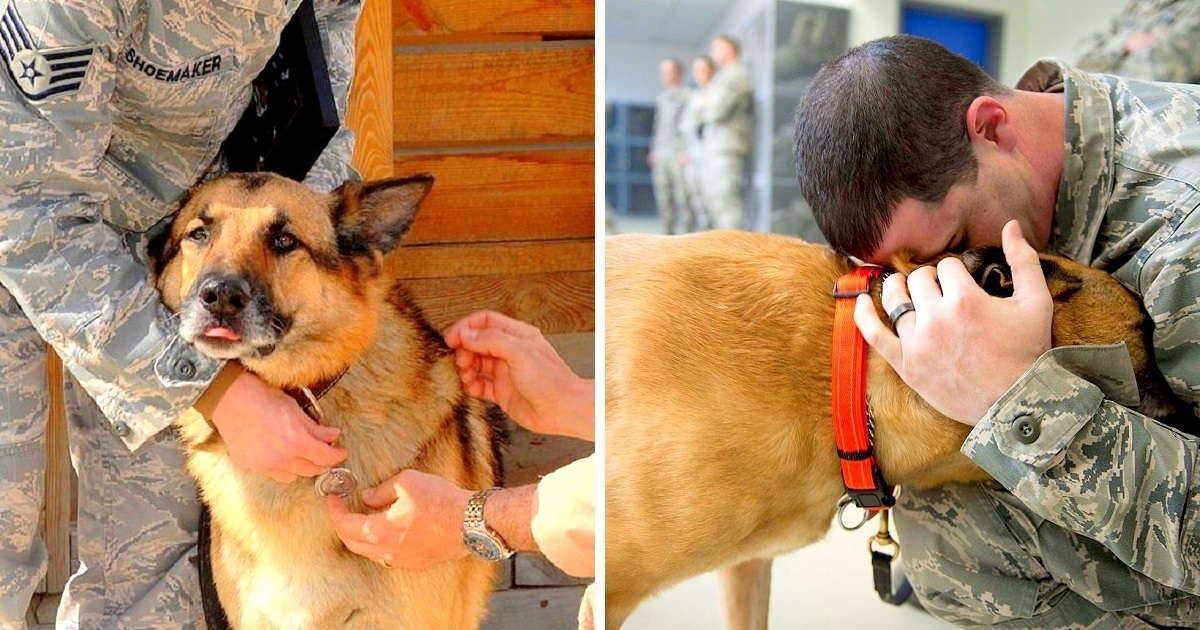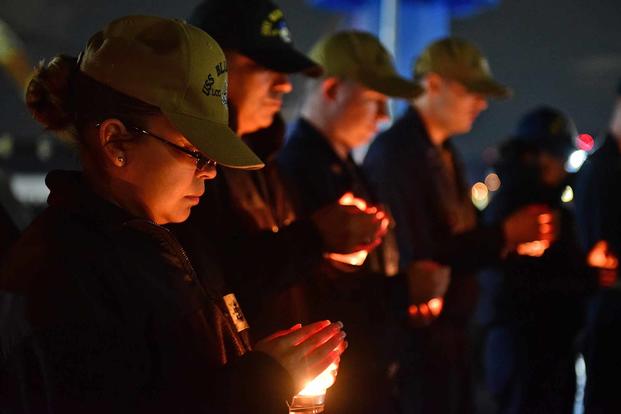/arc-anglerfish-arc2-prod-mco.s3.amazonaws.com/public/72SWKANUYRGF7DOMWLEH2NBGKY.JPG)
As a Pentagon task force looks into unsafe drinking water on its installations, a new list of Army posts has been added to the roster of bases where per- and polyfluoroalkyl substances have been found in ground water as recently as this year.
Ninety active Army, Army Reserve and Army National Guard posts are on the list, obtained by the Environmental Working Group by Freedom of Information Act request, the findings of which were posted to the organization’s site late Tuesday night. The Army says that despite the confirmed presence of PFAS in the drinking water, no one is taking in unsafe levels of the chemicals, because their filtered water complies with Environmental Protection Agency guidelines.




/arc-anglerfish-arc2-prod-mco.s3.amazonaws.com/public/PNI4RJECMRFY3HB62QSPMBNOZM.jpg)
/arc-anglerfish-arc2-prod-mco.s3.amazonaws.com/public/XI3DNDGRUJHUDBLA52HCKJ622E.jpg)

/arc-anglerfish-arc2-prod-mco.s3.amazonaws.com/public/FFYF7NWQ5FEUPFLOOPVZPUIVS4.jpg)
/arc-anglerfish-arc2-prod-mco.s3.amazonaws.com/public/NTL3PAULCFEU5OHTNO6V6H3V4A.jpg)
